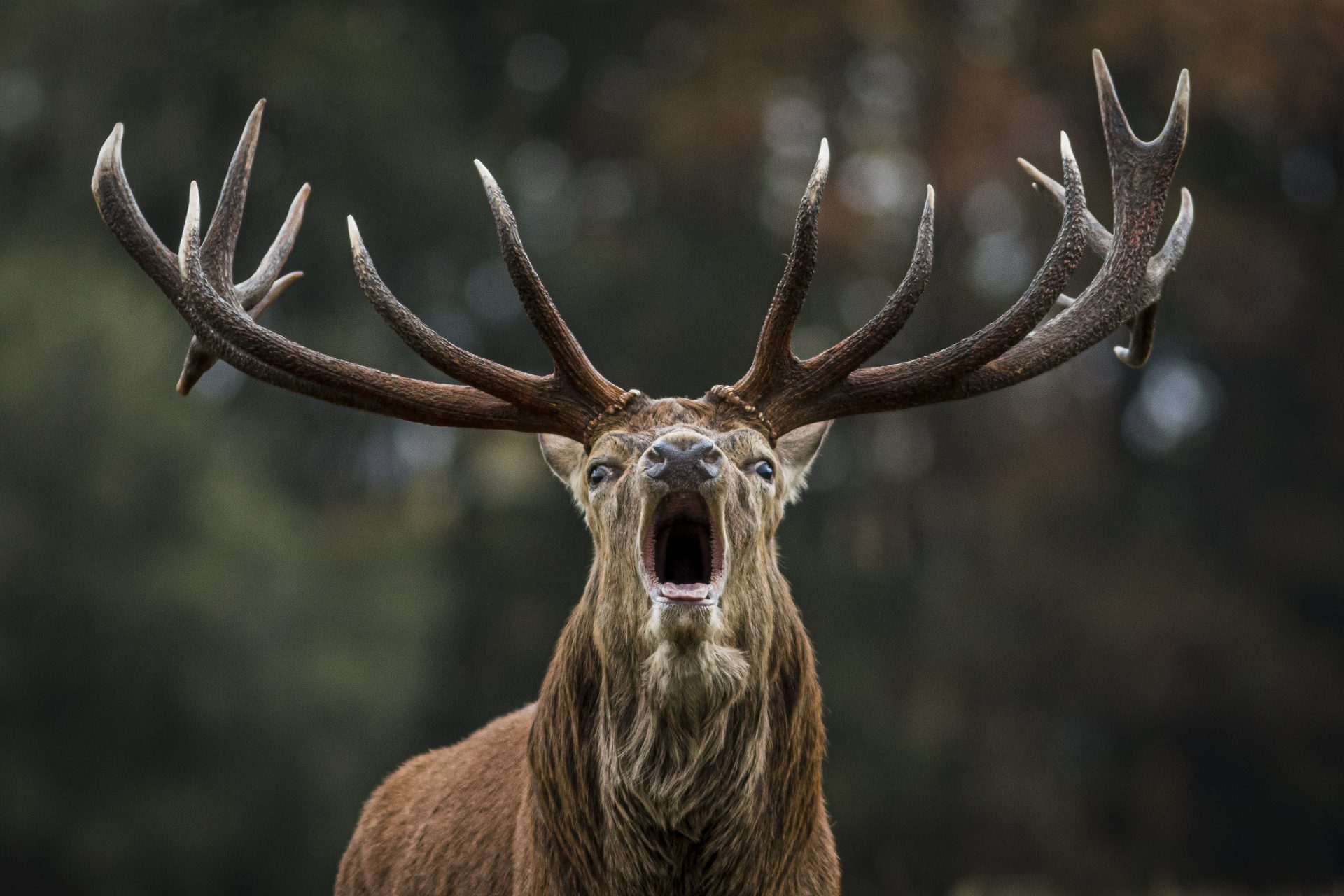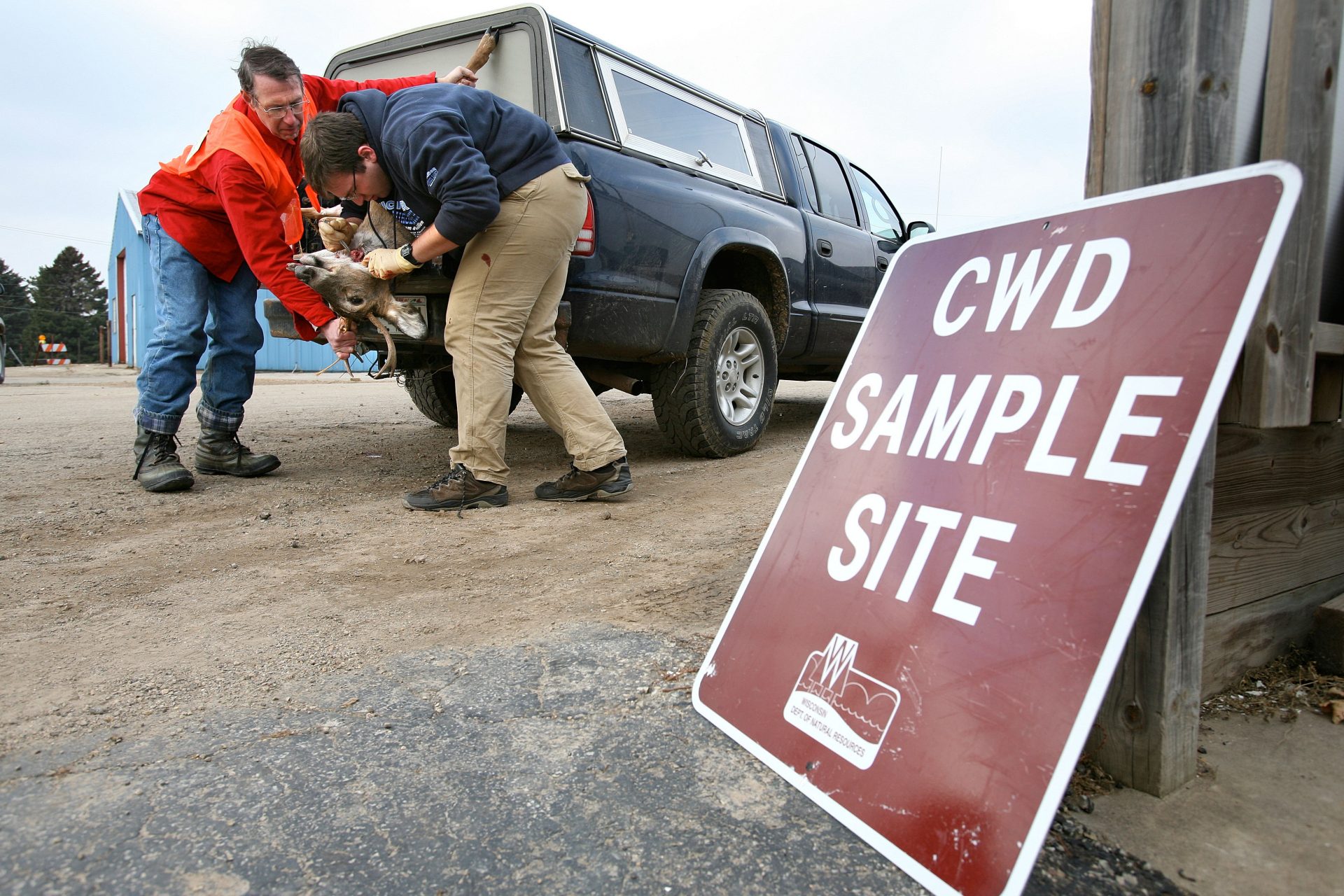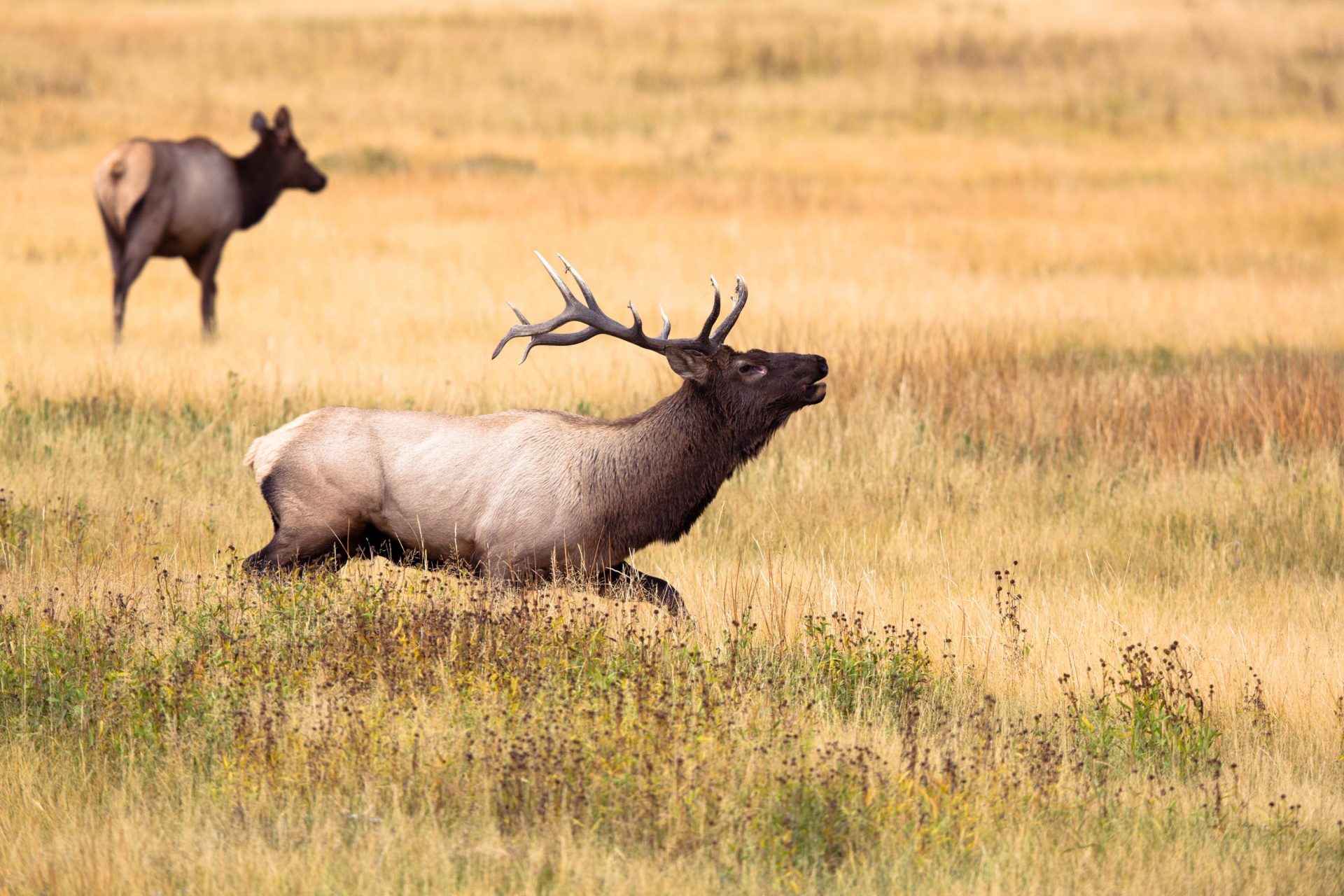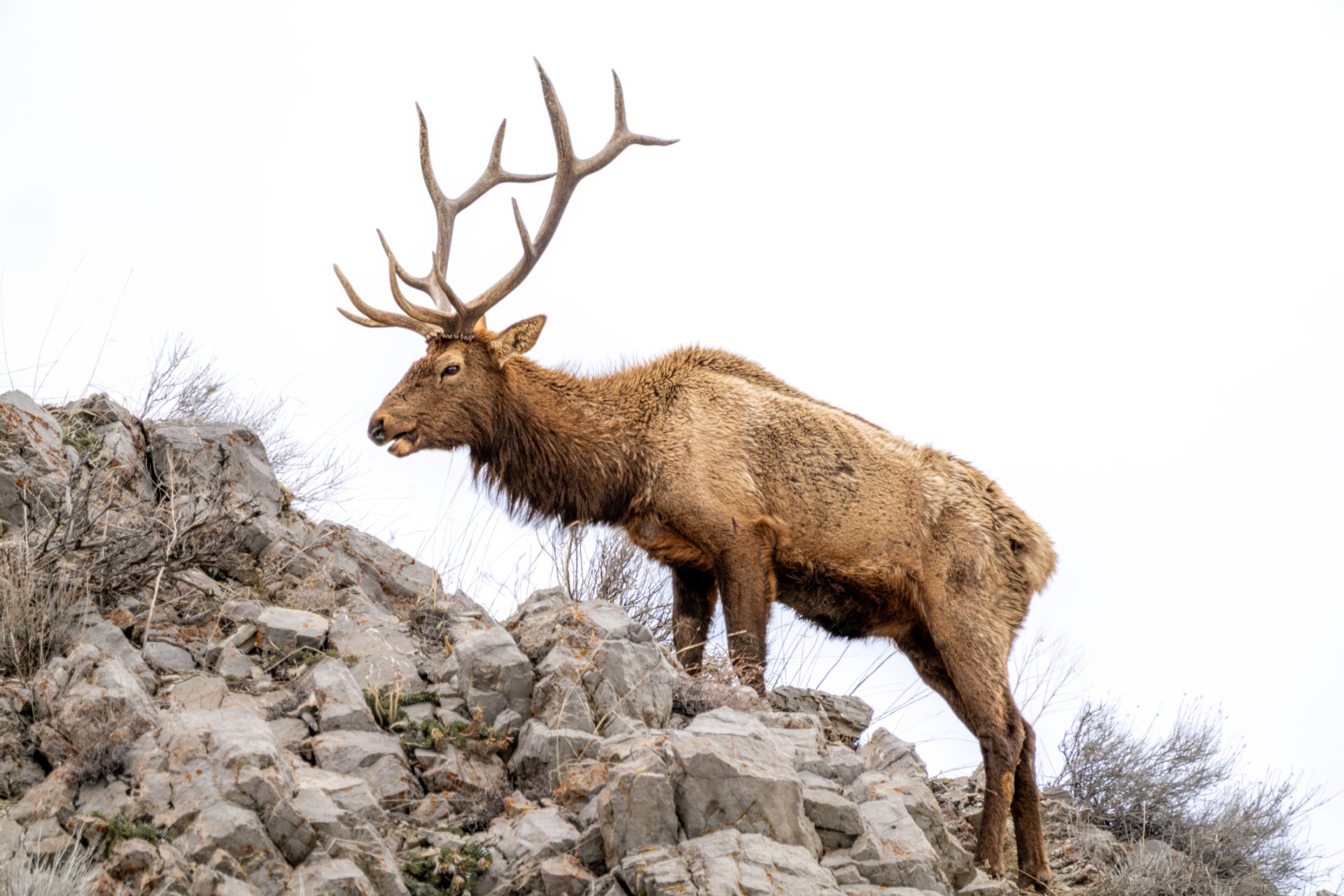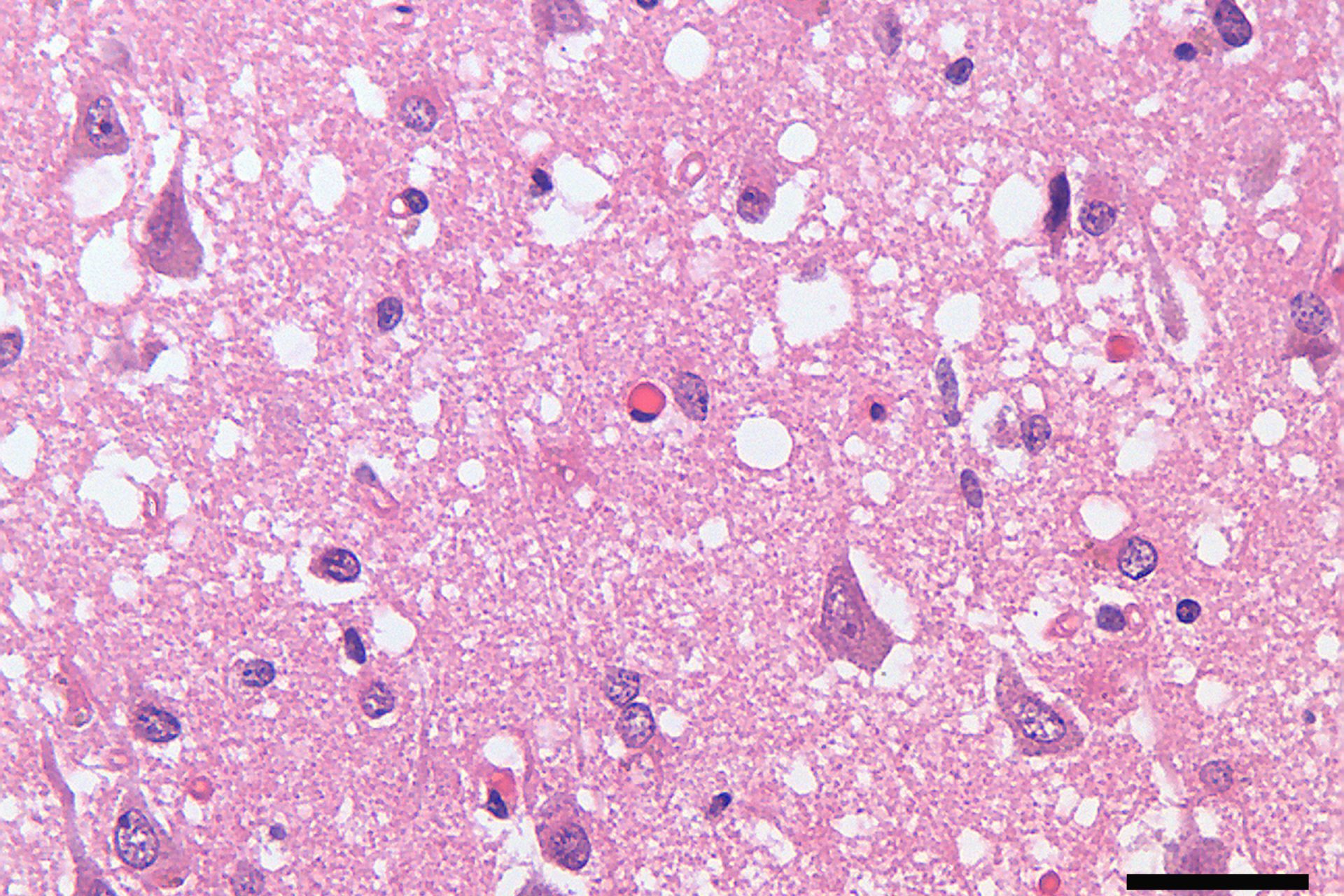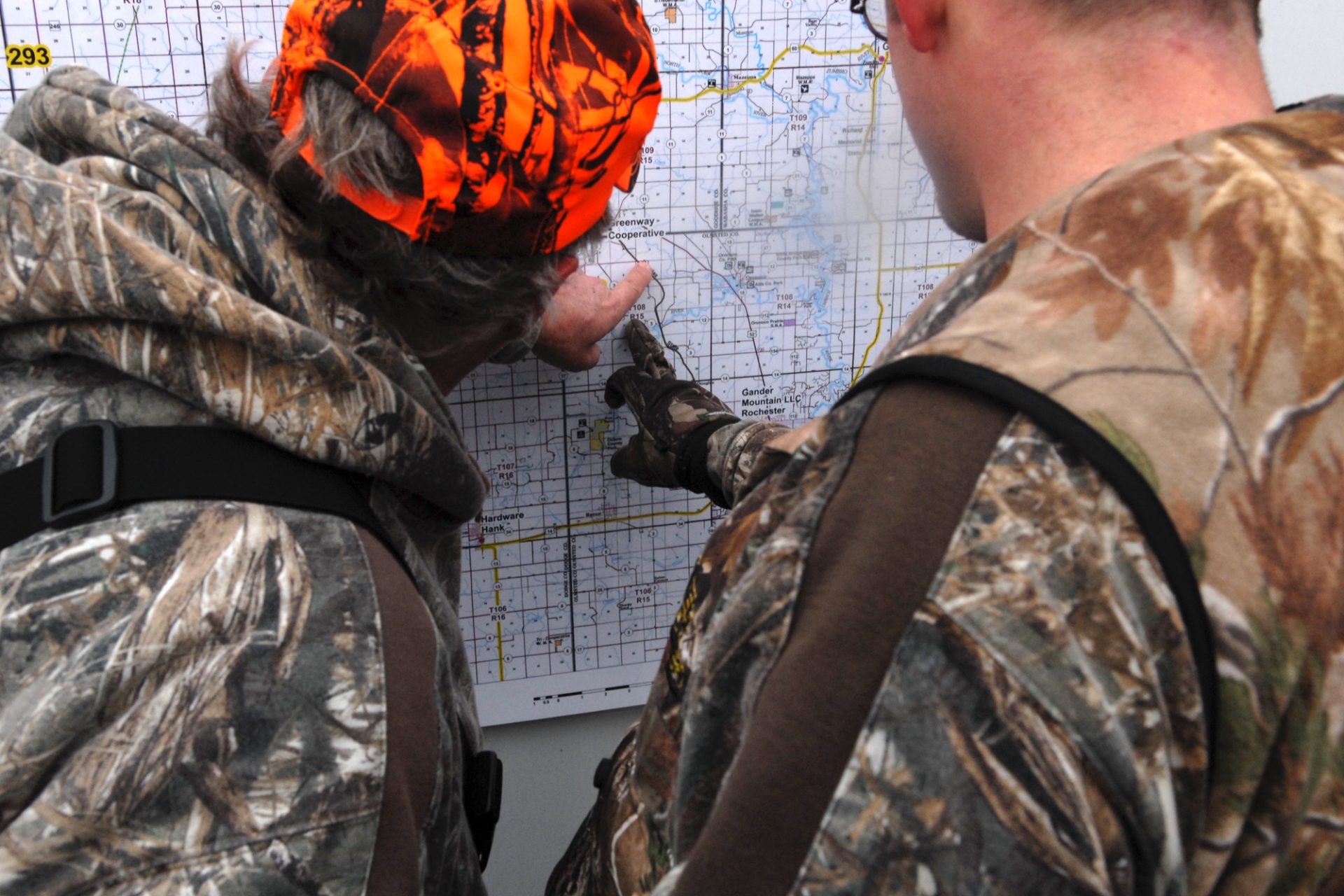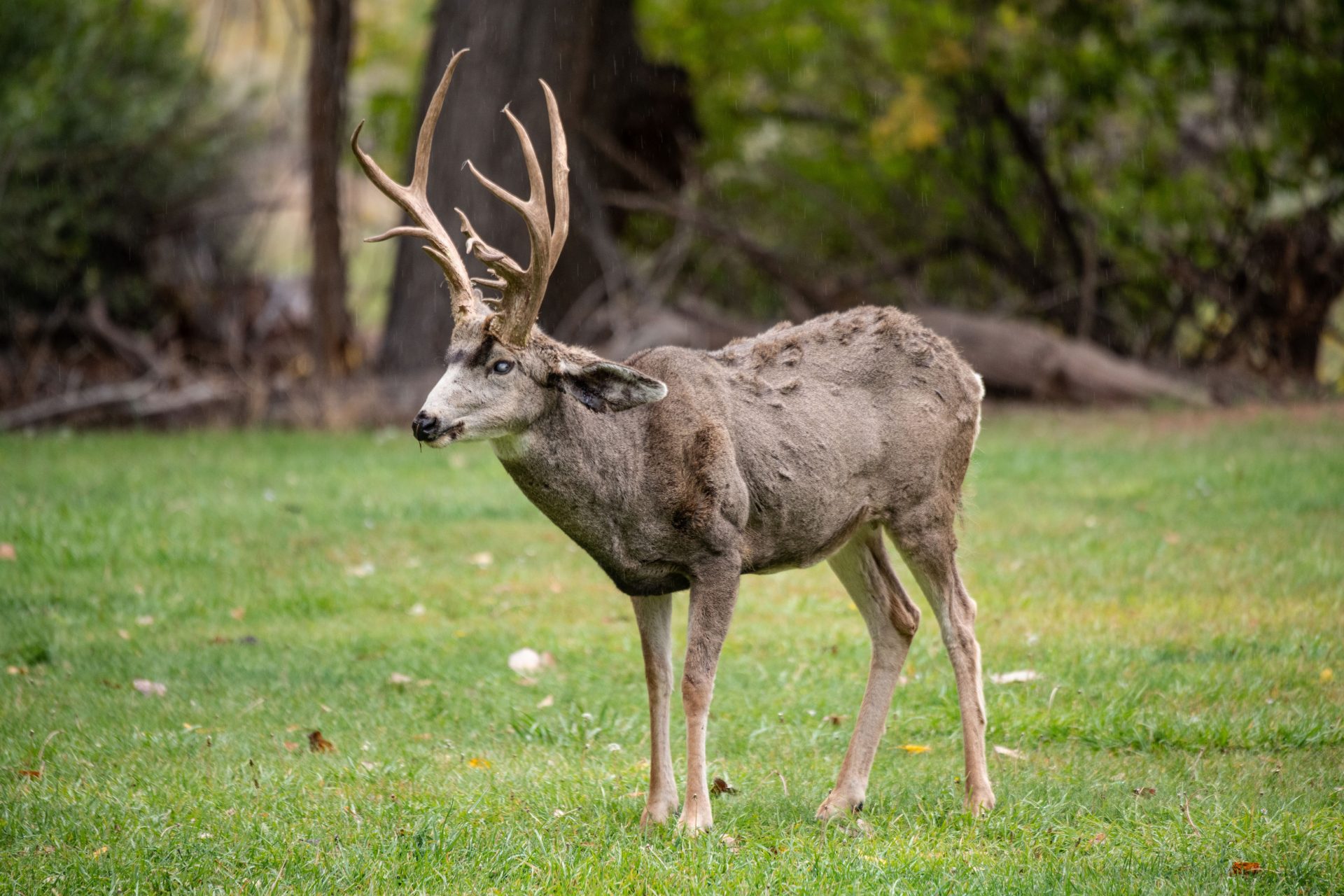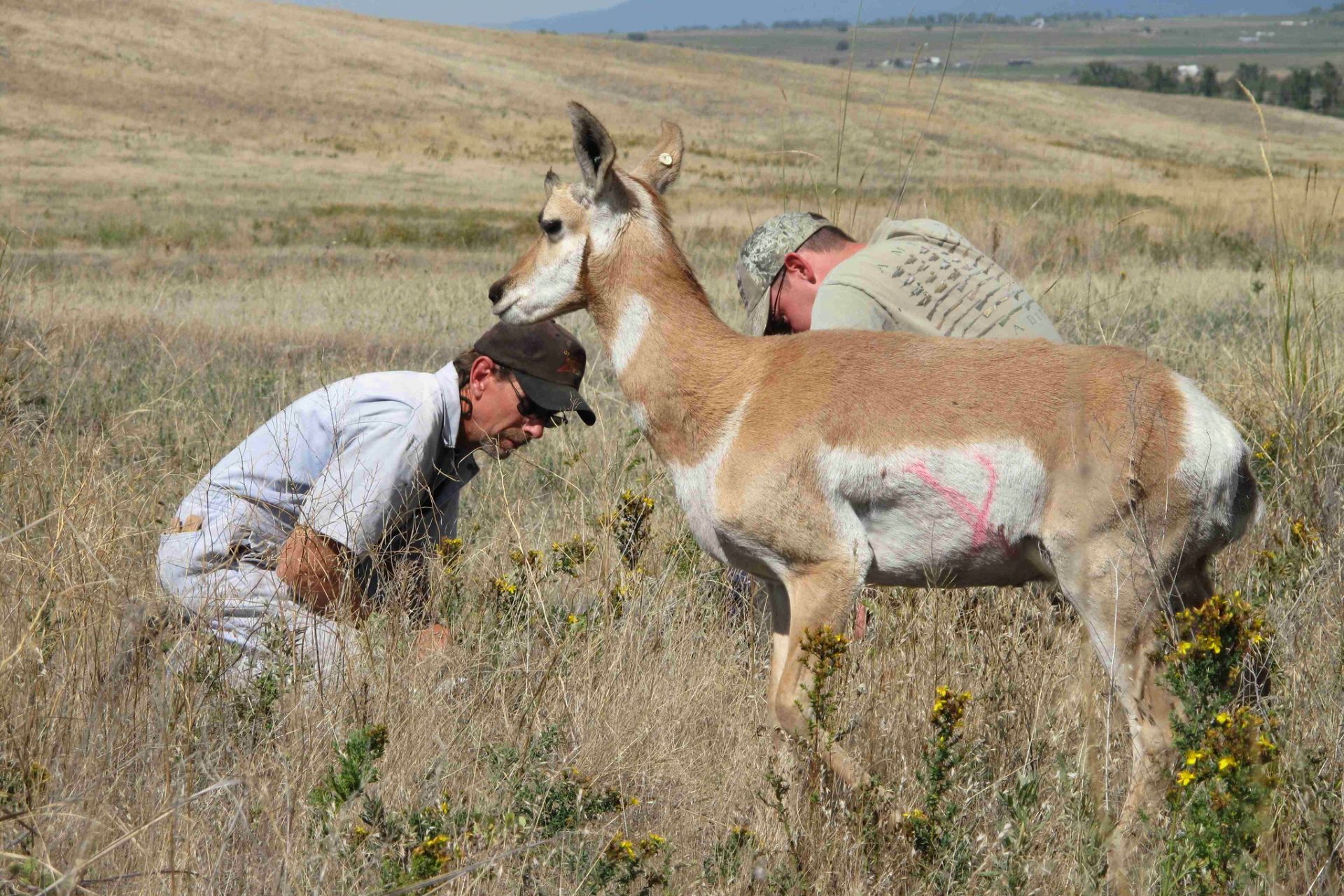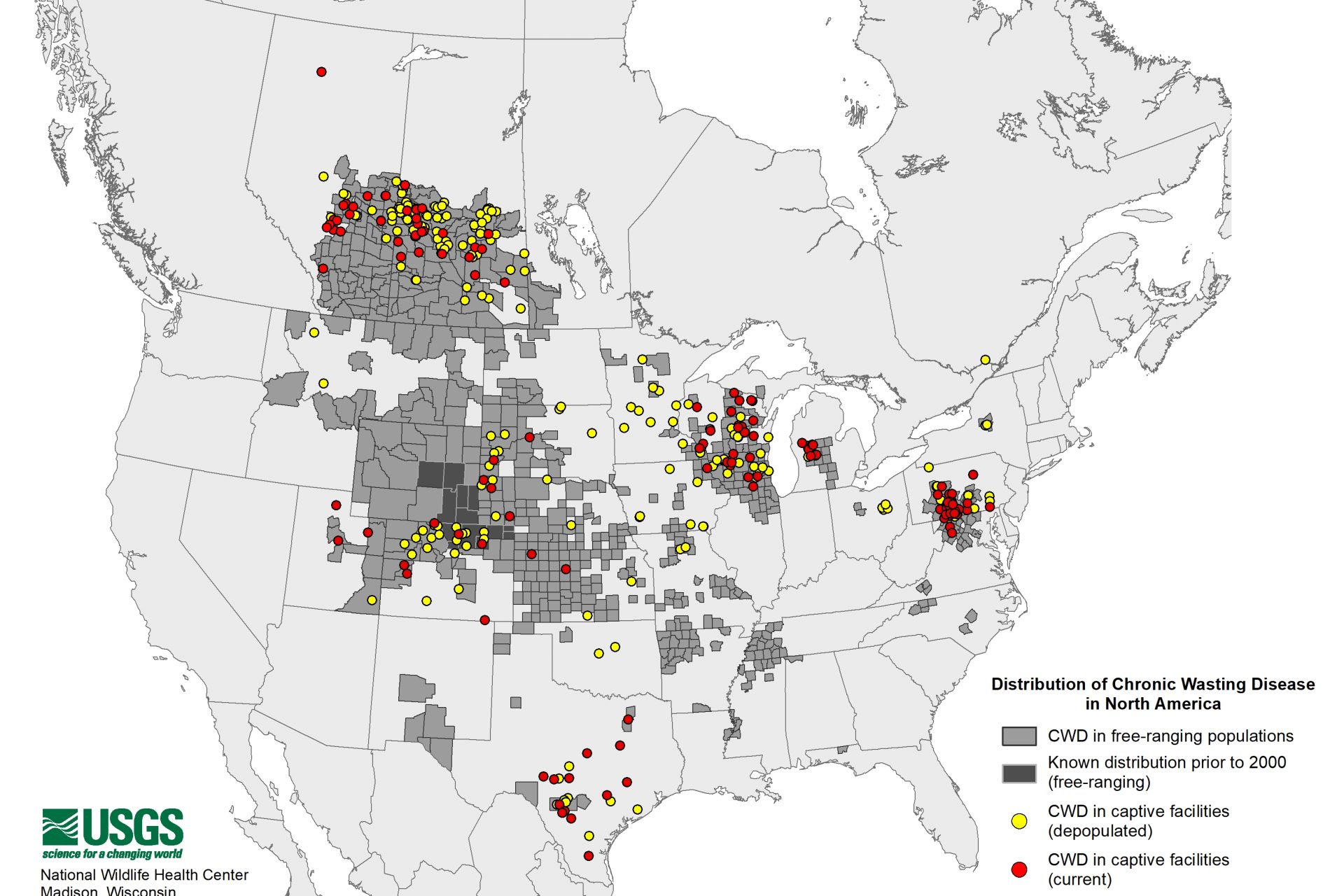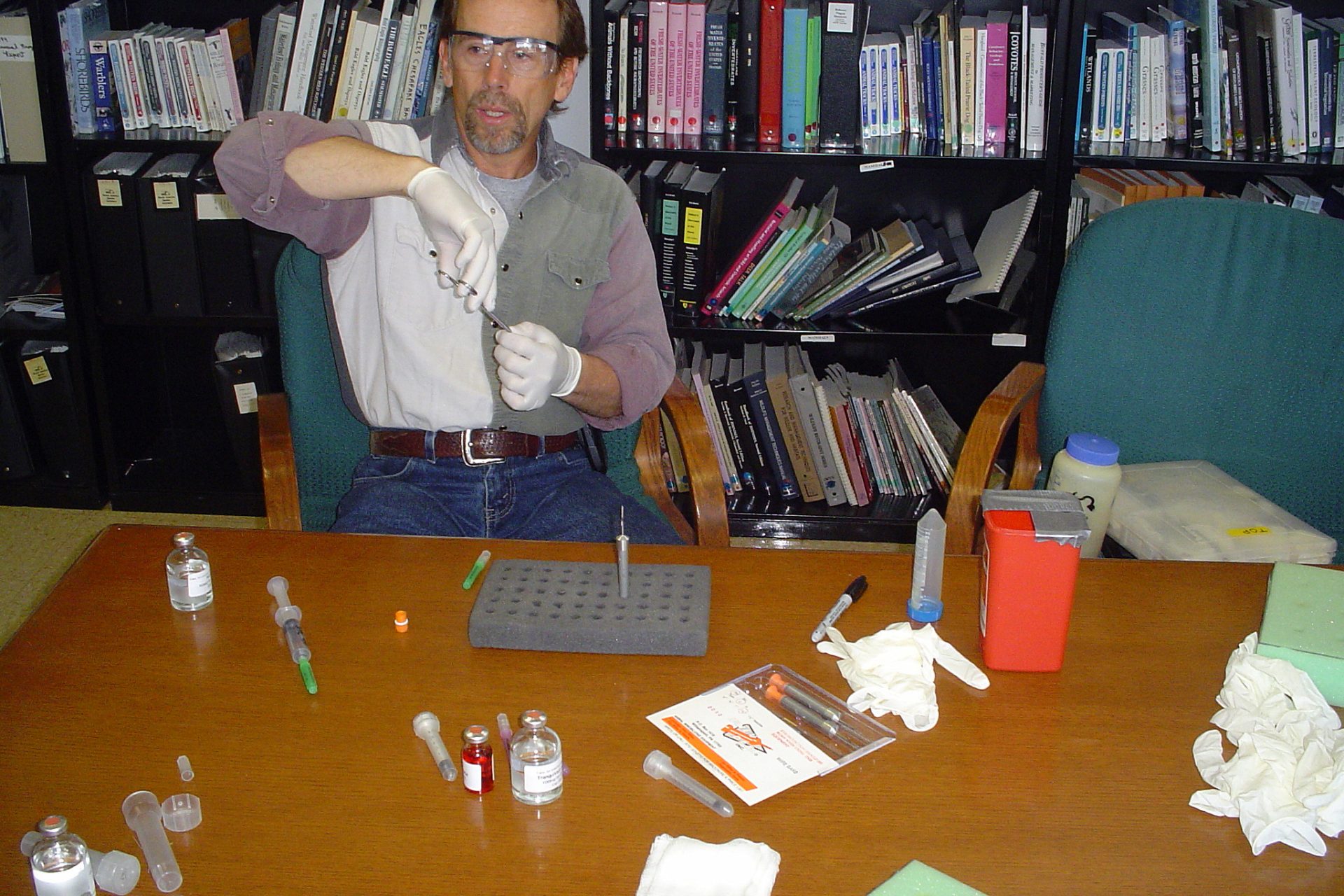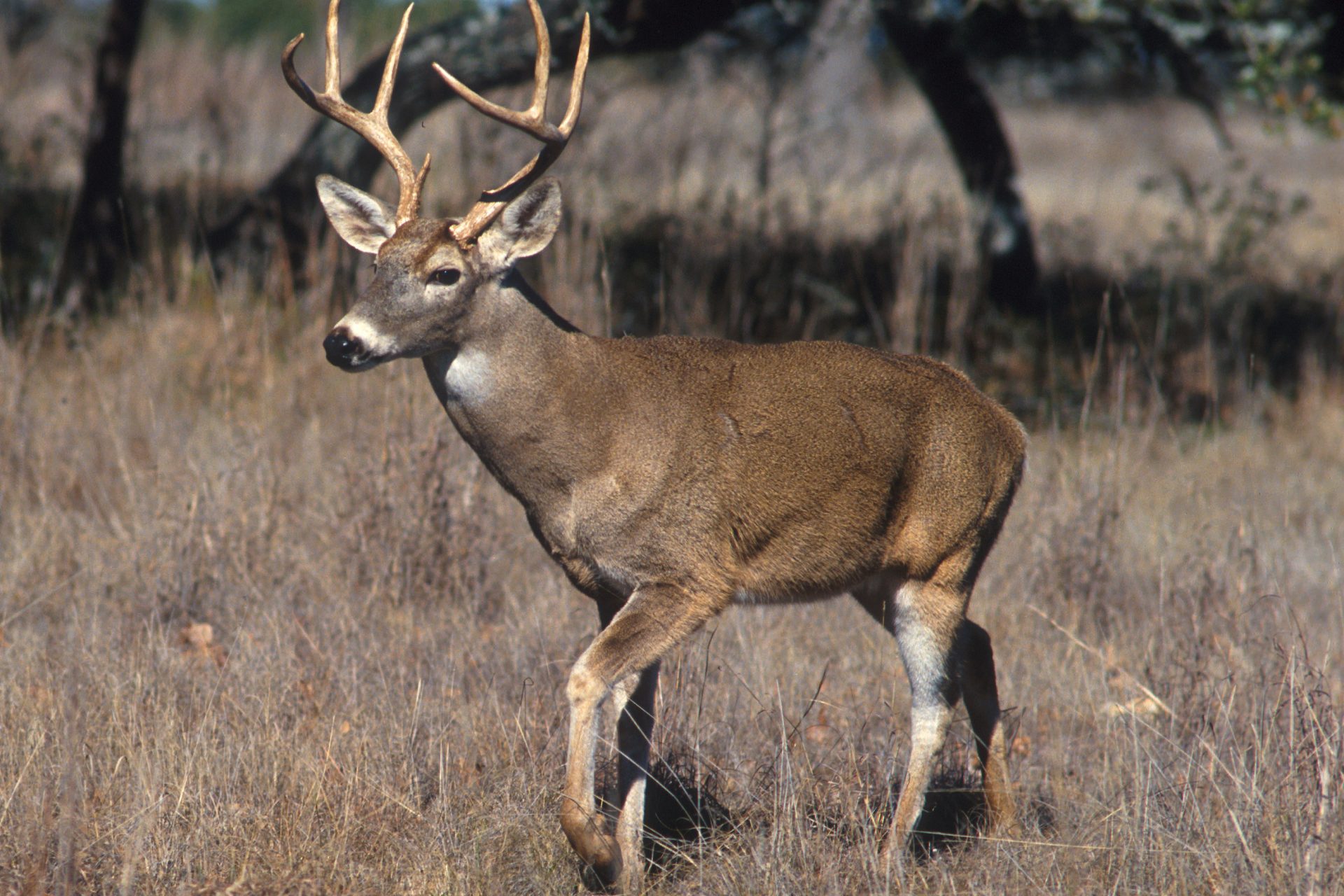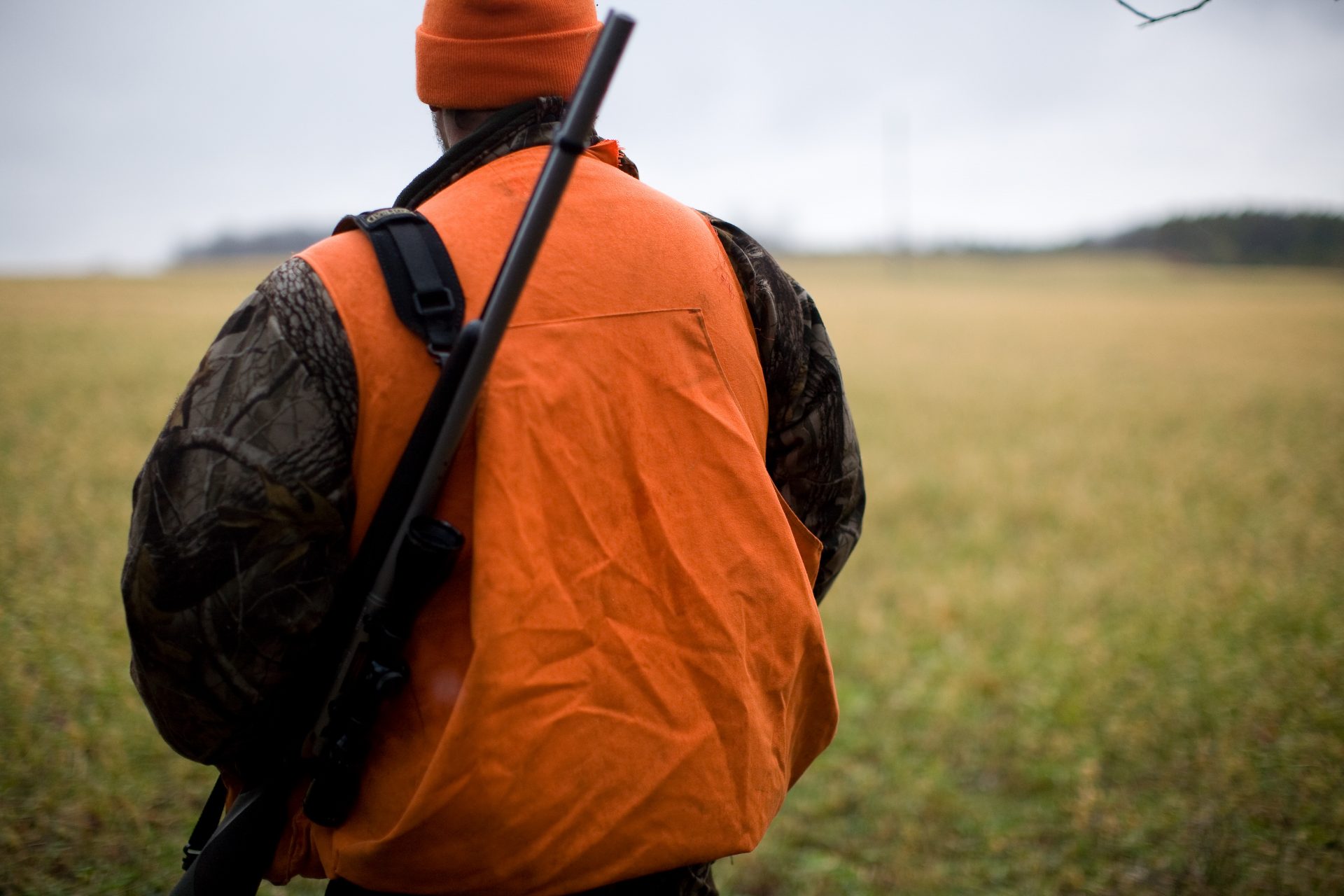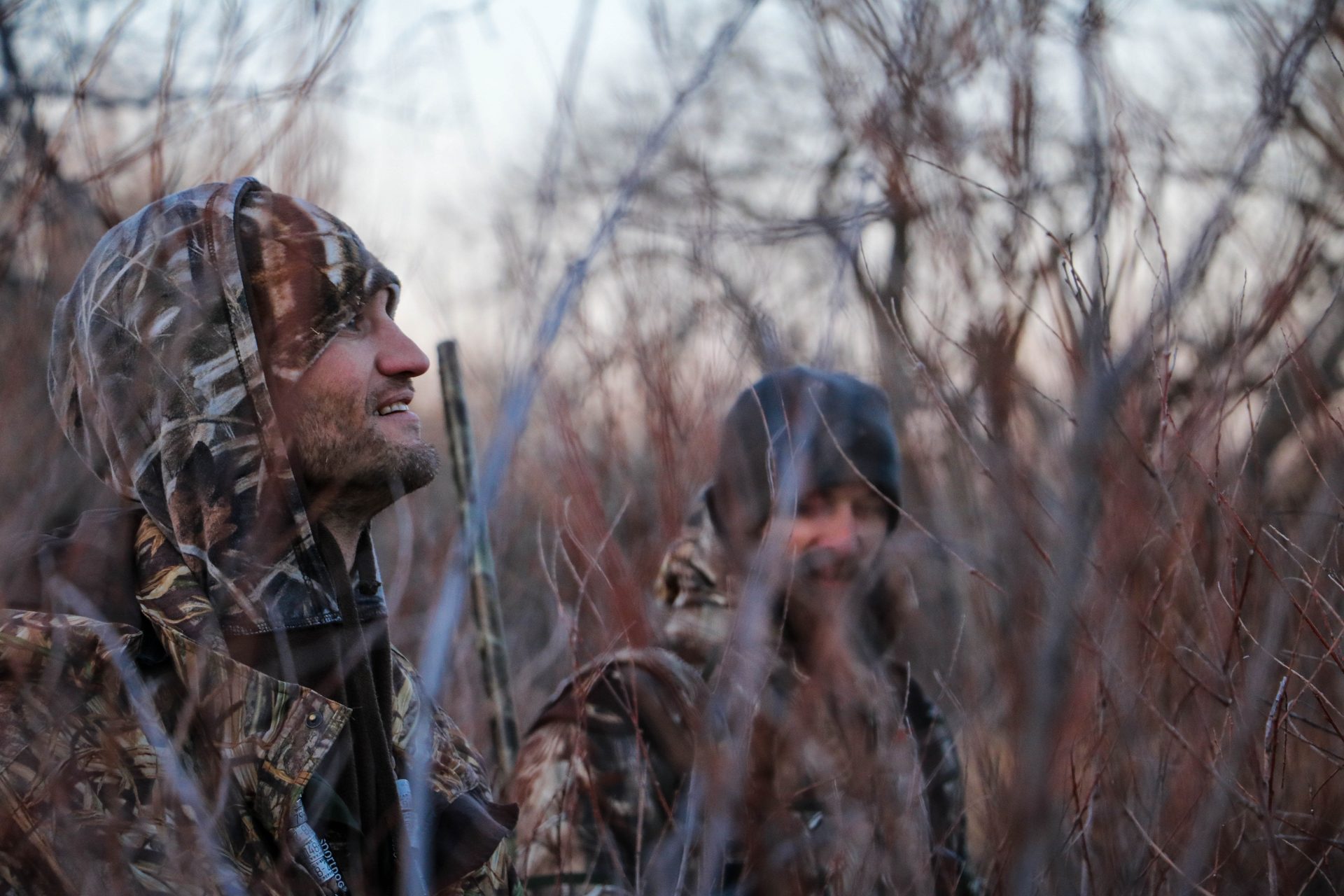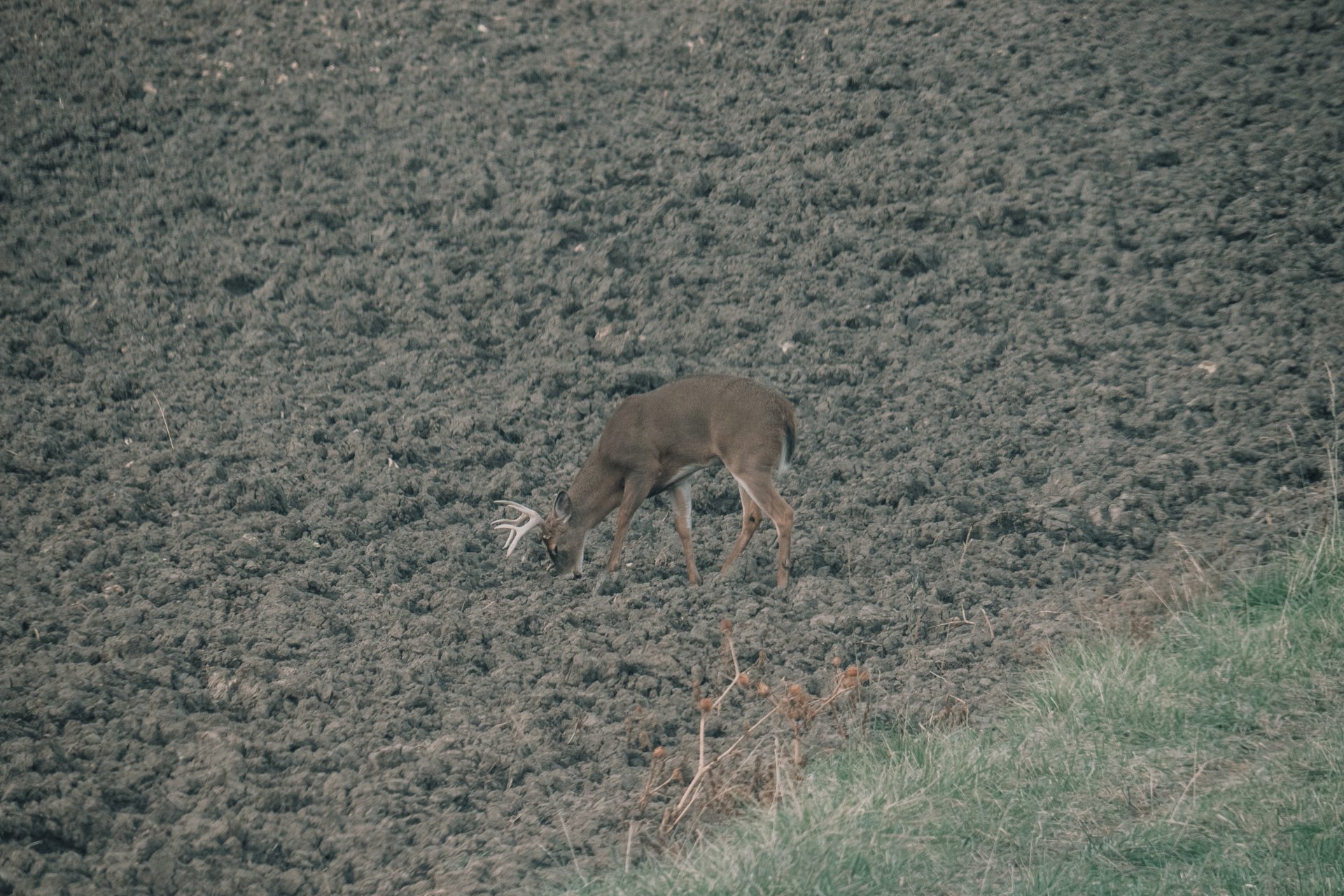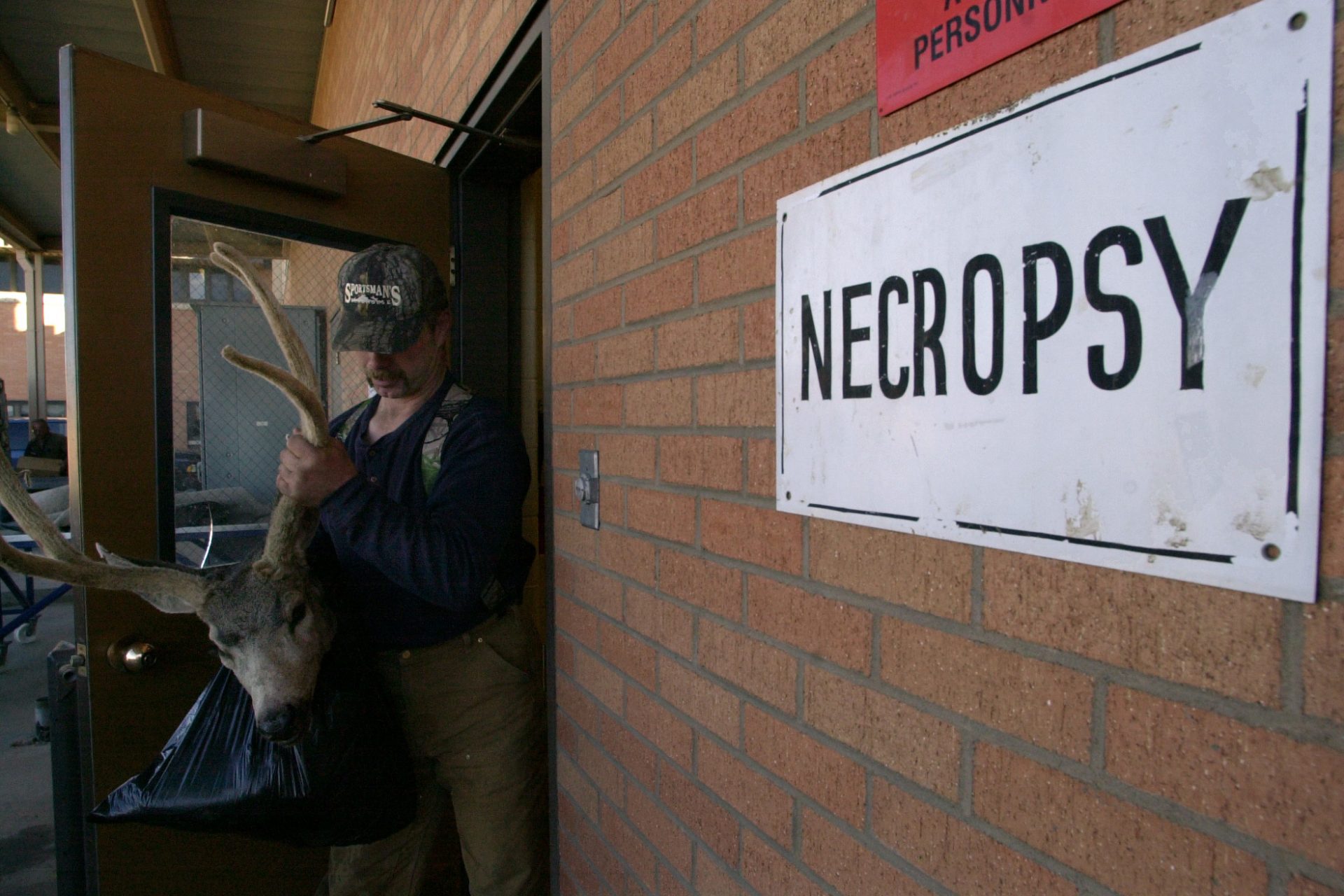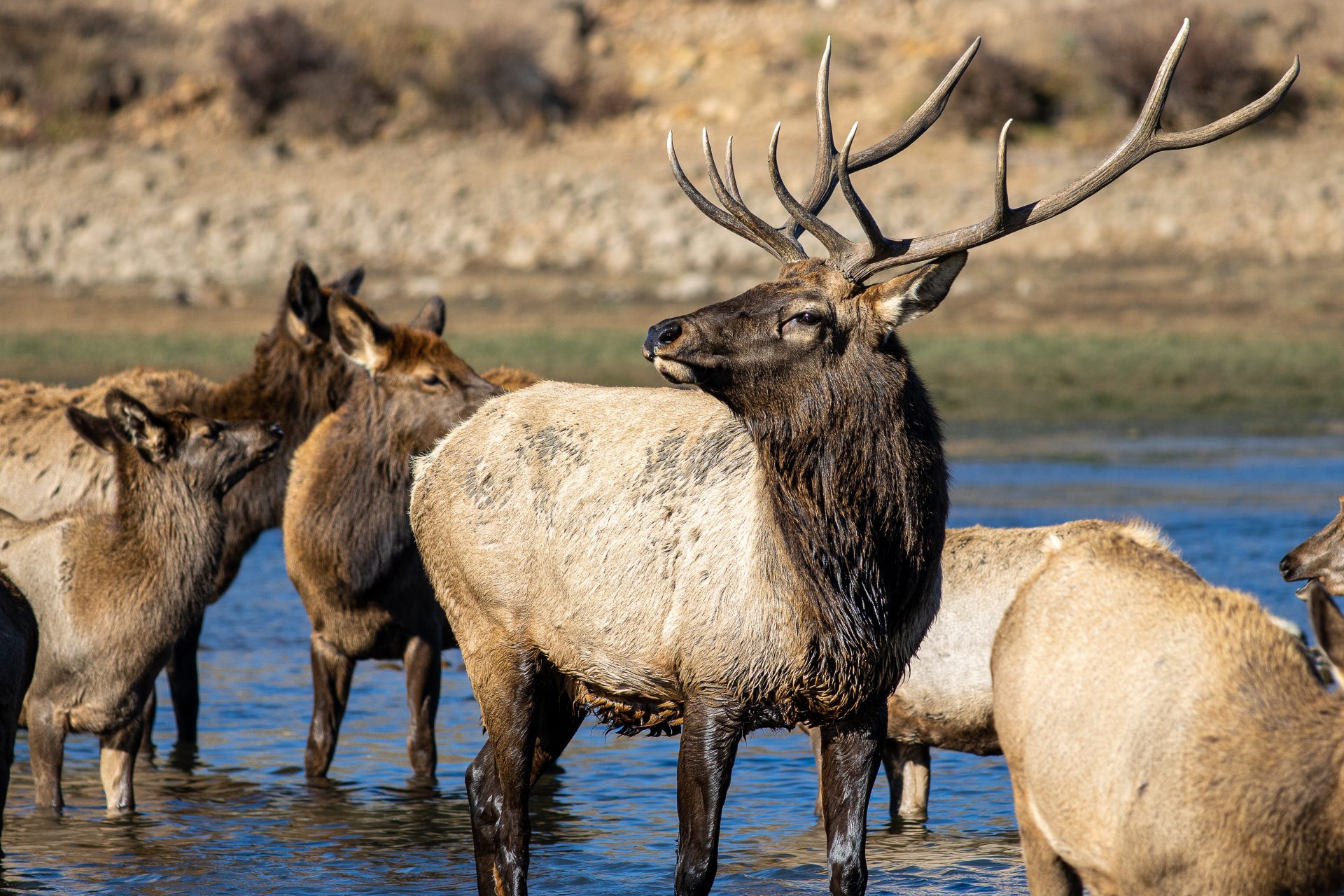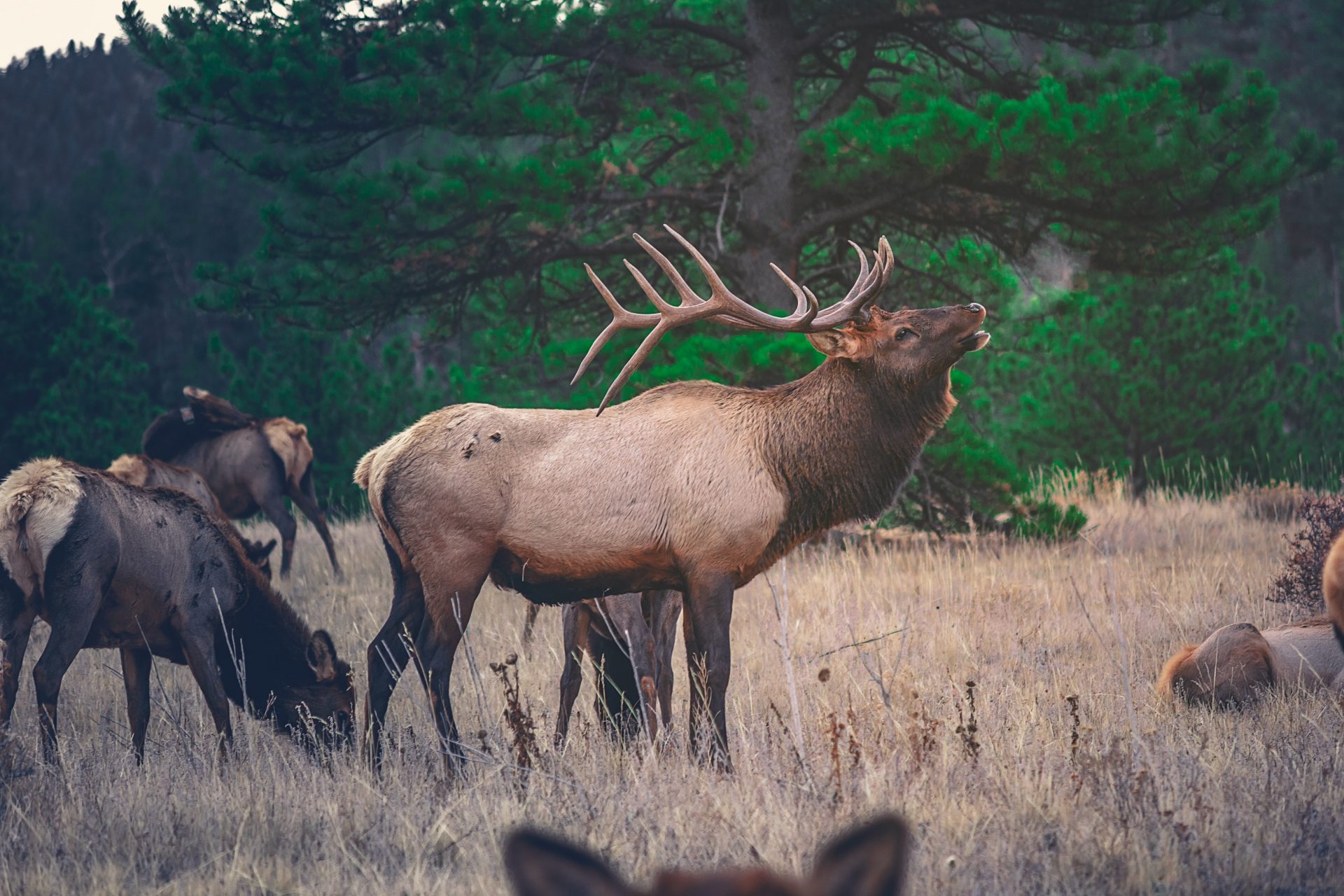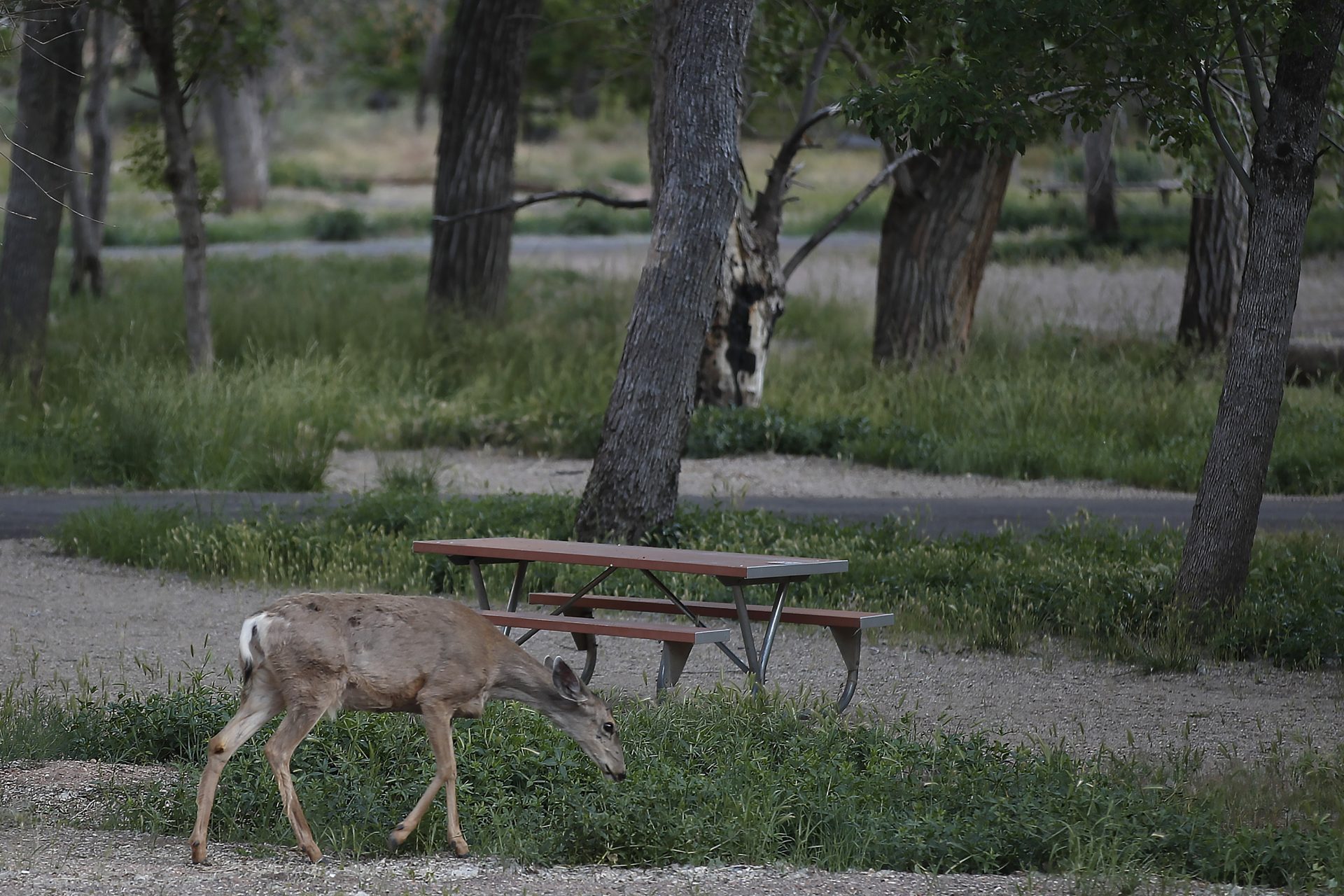Scientists are worried about the ‘Zombie Deer Disease’ in America
In October, the corpse of a deceased mule deer that had succumbed to a very worrying and deadly disease was discovered in Yellowstone National Park. The find immediately set off alarm bells for researchers around the country.
The mule deer was infected with an ailment known as chronic wasting disease and it worried scientists because it was the first time the sickness had been found in the park. So what is chronic wasting disease (CWD) and why is it scary?
Chronic wasting disease is a type of prion disease that affects large mammals like deer, elk, reindeer, and moose. The disease slowly kills its victims through several symptoms according to the Centers for Disease Control and Prevention.
Photo by Dana Critchlow on Unsplash
It can take upwards of a year before an infected animal begins to show signs of the disease, but once it does, they can present with neurological symptoms, listlessness, and stumbling, and a tell-tale dramatic loss in weight or wasting away of the animal.
Prion diseases like CWD are some of the most dangerous neurodegenerative diseases that can affect humans and animals, which is why so many scientists are worried about what chronic wasting disease in deer might lead to in the US.
Photo Credit: Wiki Commons By Tulemo - Own work, CC BY-SA 4.0
“The prions cause changes in the hosts’ brains and nervous systems, leaving animals drooling, lethargic, emaciated, stumbling and with a telltale ‘blank stare’ that led some to call it “zombie deer disease,’” wrote The Guardians Todd Wilkison.
Wilkison also reported that chronic wasting disease can be fatal and that there are no current vaccines for CWD. This may be one of the many reasons why officials in the United States are worried about where the latest case was found.
“It was extremely emaciated, very, very skinny,” Wildlife Biologist Tony Mong explained about the dead deer according to Smithsonian Magazine. “It was pretty obvious that it had succumbed to chronic wasting disease.”
Yellowstone National Park is a massive ecosystem that supports a wide range of large animals that could be affected by the arrival of CWD in the wilderness recreation area, according to the Fish and Wildlife Service’s Chief of Animal Health, Dr Thomas Roffe.
Wilkison noted that Dr. Roffe had been warning chronic wasting disease would make its way to Yellowstone National Park for decades and advocated for a strong plan to take aggressive measures against the terrible disease's spread.
Photo Credit: Flickr @usfwsmtnprairie
Dr. Roffe’s predictions went unheeded by the government but he explained that the first case of the disease in Yellowstone “puts CWD on the radar of widespread attention in ways it wasn’t before—and that’s, ironically, a good thing.”
Photo Credit: Wiki Commons By Neko2314 - Own work, CC BY-SA 4.0
“It’s a disease that has huge ecological implications,” Dr. Roffle added. But what isn’t good is how CWD could affect humans and how little is being done currently to put a stop to the spread of the disease in the United States.
Photo Credit: Flickr @usfwsmtnprairie
The Director of the Center for Infectious Disease Research and Policy at the University of Minnesota Dr. Michael Osterholm called chronic wasting disease a “slow-moving disaster" according to The Guardian, which were worrying comments from an expert who studied with a Mad Cow outreak in the UK.
In 2017, the Alliance for Public Wildlife estimated that somewhere between 7,000 and 15,000 animals infected with chronic wasting disease had been eaten by humans. The alliance also noted that the number would increase annually.
Photo Credit: Wiki Commons By USDA photo by Scott Bauer -
“In many jurisdictions, a lack of awareness and availability of free, rapid, and convenient testing of harvested deer has led to significant levels of human exposure,” the report from the Alliance for Public Wildlife Health explained.
Photo by Matthew Maaskant on Unsplash
Luckily, there has never been a case where chronic wasting disease was transmitted to humans. However, research from the University of Calgary, published in 2022, suggested it could be more transmissible to humans than we thought.
Photo by Rhett Noonan on Unsplash
More worrying was the outline of the CWD threat since it can remain persistently infectious in an environment, with some soils increasing its infectivity upwards of 680%. Prions are also known to be highly resilient.
Photo by Mitchell Leach on Unsplash
“Prions are extremely resilient, known to resist disinfectants, alcohol, formaldehyde, detergents, protein enzymes, desiccation, radiation, freezing, and incineration >1100°F,” the report explained, but we do have some solutions.
Dr. Roffe explained to The Guardian that CWD is a “density dependent” disease and it relies on large numbers to spread. Therefore, ending the practice of feeding large animals in some states may be able to help reduce the spread of CWD.
Photo by Caleb Jack on Unsplash
“The science of what’s needed to help slow the spread of CWD is clear and has been known for a long time,” Dr. Roffe stated. “You don’t feed wildlife in the face of a growing disease pandemic.”
Photo by Byron Johnson on Unsplash
“We’re still at the front end of a scary disease event, and we don’t know where it’s headed,” Roffe continued. “There’s a lot at stake for the Yellowstone ecosystem and a lot at stake for all Americans who enjoy having healthy wildlife on the landscape.”
More for you
Top Stories



